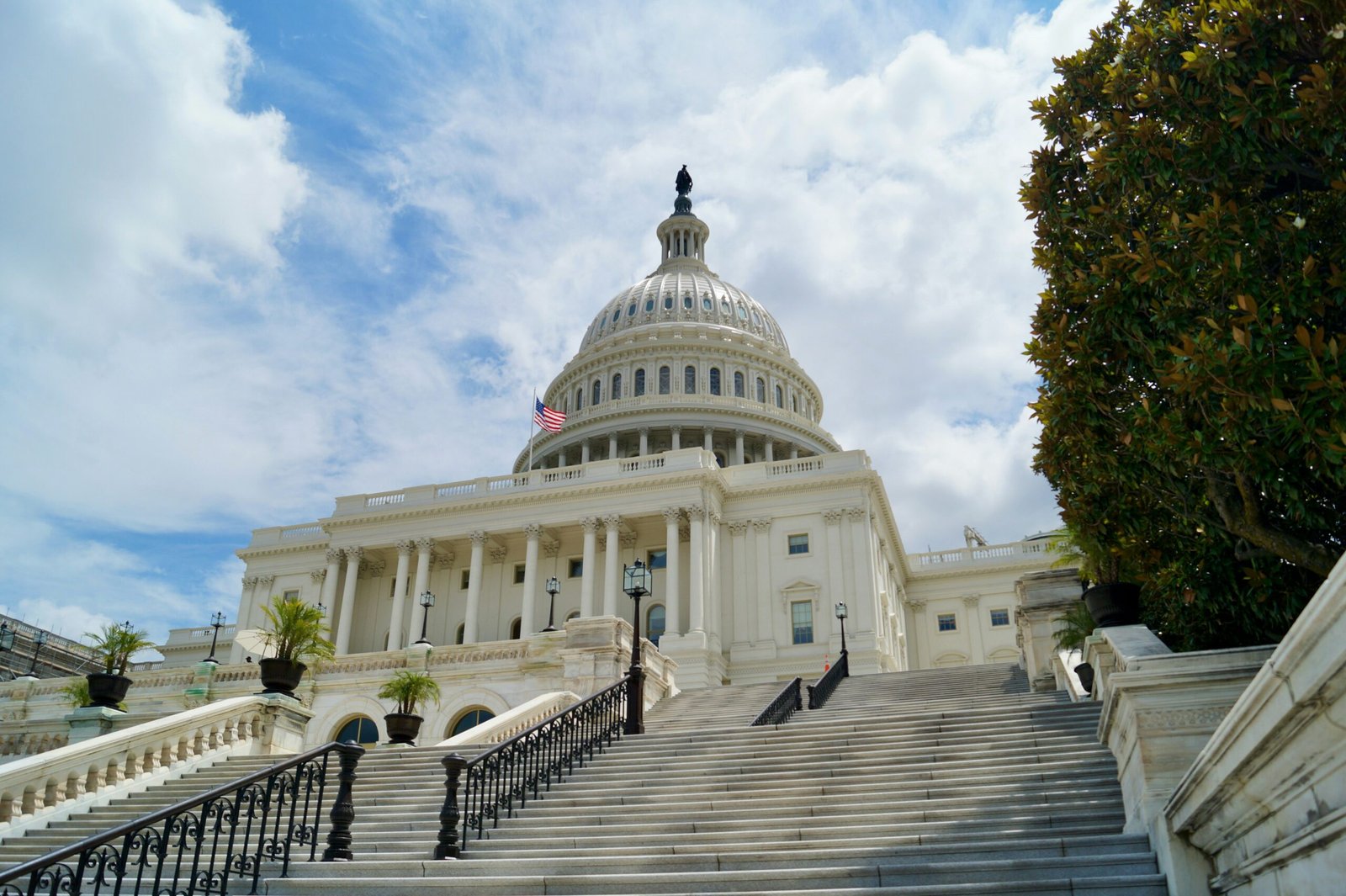Policy change is one thing. Making it stick is another.
Every year, governments and development partners roll out ambitious reforms—new laws, digital systems, institutional reorganizations, flagship programs. And yet, so many of these initiatives stall, regress, or quietly disappear once political attention fades or funding dries up.
So what separates enduring reforms from short-lived ones? What makes a reform stick?
Here are five traits we’ve seen in reforms that outlast election cycles, outlive donor programs, and ultimately change how governments work:
1. Reform Needs Ownership—Not Just Authorization
Top-down mandates can open doors, but they rarely sustain momentum. Reforms that last are owned by the people who must deliver them—civil servants, local leaders, service providers. Without buy-in from implementers, even the best-designed policies will struggle to take root.
Lasting reform doesn’t come from outside pressure. It comes from inside commitment.
2. Institutions Matter More Than Individuals
Champions are critical, but reforms anchored solely in personalities tend to be fragile. When key leaders move on, the momentum often goes with them.
Durable reform is embedded in institutions—in their processes, capacities, incentives, and routines. It’s about shifting how decisions are made, how performance is tracked, and how learning happens over time.
3. You Need Adaptive Space to Navigate Complexity
Reforms rarely follow a straight line. Political windows open and close. Frontline realities differ from policy assumptions. What works in one district fails in another.
That’s why rigid blueprints fall short. Reform needs room to adapt—to respond to data, feedback, and political context in real time. That’s not a lack of discipline. That’s smart delivery.
4. Coalitions Keep Reform Alive
Sustainable change isn’t a solo act. It’s built through networks—across ministries, levels of government, development partners, and civil society. These coalitions help buffer reforms against political shocks and bureaucratic pushback.
The broader and more credible the coalition, the harder it is to roll back progress.
5. Follow-Through Beats Flashy Launches
It’s tempting to declare victory early—to cut ribbons and issue press releases. But reforms that stick require discipline long after the cameras are gone.
That means performance tracking, troubleshooting, and continuous support. Implementation is where reforms are won—or lost.
How We Think About Reform at Lapnos
At Lapnos, we don’t just help governments design reform strategies—we help them embed them.
That means building implementation coalitions, strengthening internal capabilities, and making space for adaptation along the way.
We know that reform is messy. But we also know that with the right approach—politically smart, technically sound, and locally owned—reform can move from paper to practice.
Because the ultimate measure of reform isn’t the announcement.
It’s the impact that lasts.






